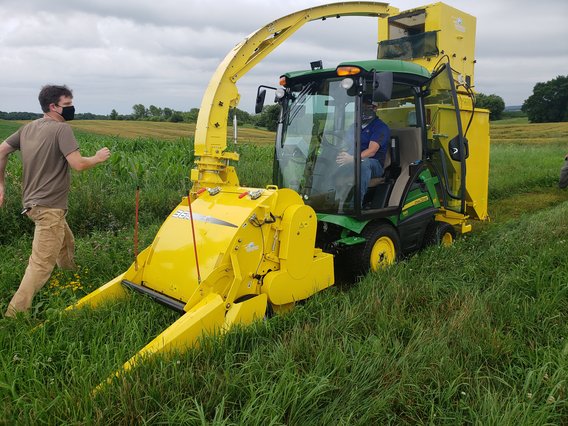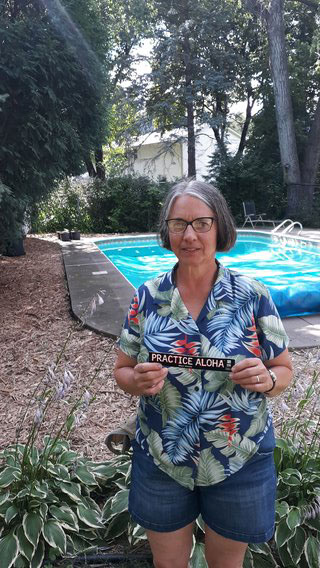
One thing is clear: Everyone has been affected in one way or another by the COVID19 pandemic. For eight USDA research scientists who are adjunct faculty members of the Department of Plant Pathology at the University of Minnesota, the guidelines under which each can conduct mission critical research during COVID-19 maximum telework status are, at times, a hybrid of those issued by the USDA and by the University of Minnesota. Legally, all USDA staff on the campuses of the University must adhere to the national USDA Playbook regarding work during the pandemic. In the Twin Cities area, the determination of the “gating period” and each phase in moving toward more normal working conditions as defined by this document differs from that of the state of Minnesota. Rules for day-to-day work on the St. Paul Campus by the USDA adjunct faculty also differs by agency and facility. The USDA ARS Cereal Disease Lab (CDL) adjunct faculty (Yue Jin, Shahryar Kianian, Corby Kistler, Jim Kolmer, Matt Rouse, Les Szabo) are operating under the CDL Standard Operating Procedures for working during the COVID19 pandemic. Debby Samac, USDA ARS Plant Science Research Work Unit, follows the USDA rules when working in their Unit’s greenhouse, work room and lab space, but University of Minnesota rules when working in laboratories located in University buildings. Forest Pathology research by Jenny Juzwik, USDA Forest Service, Northern Research Station, is conducted under the guidance of a general office Job Hazard Analysis (JHA) and specific lab, greenhouse and field JHAs; although, all fall under the overarching USDA Playbook guidelines.

The greatest latitude for the USDA adjunct faculty’s work occurs with field research programs. However, the scientists and supporting staff must travel in separate vehicles to and from field sites. In addition, USDA overnight travel restrictions have seriously curtailed collection trips, on-site research with collaborators in other states, etc. Laboratory research is continuing, but numbers of individuals allowed to work in a building (e.g. two in the St. Paul Annex building of the USFS) and in laboratories (e.g. only one person in a CDL lab at a time) has hindered progress and/or required much more coordination and advance planning than in the past. As with University colleagues, USDA faculty are directed to telework when at all possible.
Some “positive” outcomes of the new way of conducting work have been noted. USDA ARS Plant Sciences Unit has been able to move forward with recruiting a new scientist and bringing the individual “on-board” via virtual means in spite of the restrictions. The U.S. Forest Service has greatly facilitated the hiring of USDA Pathways Interns and two Biological Sciences trainees have joined Juzwik’s lab since late May. Debby Samac also noted that USDA employees affiliated with the USDA groups mentioned above have “maintained a positive attitude, supported each other, used their telework time creatively, and remained productive under stressful times.” For all the USDA adjunct faculty in the department, important interactions with University and other colleagues have continued largely due to video conferencing technologies.
